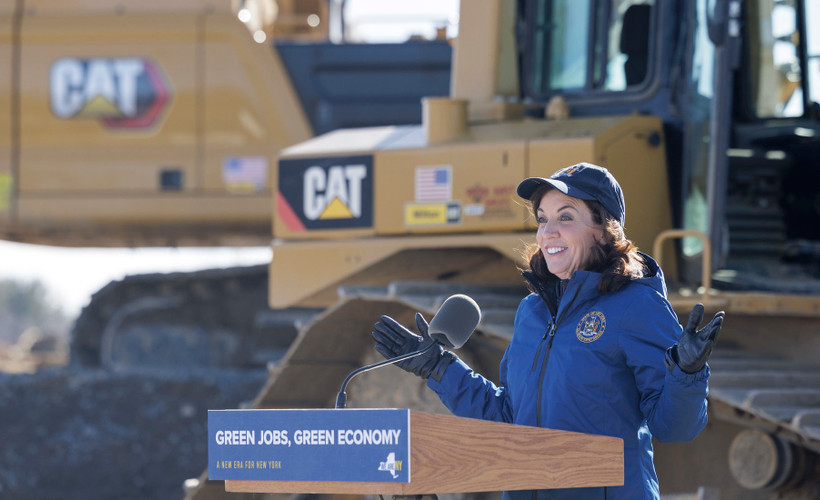How an Upstate Town Took Back Its Power
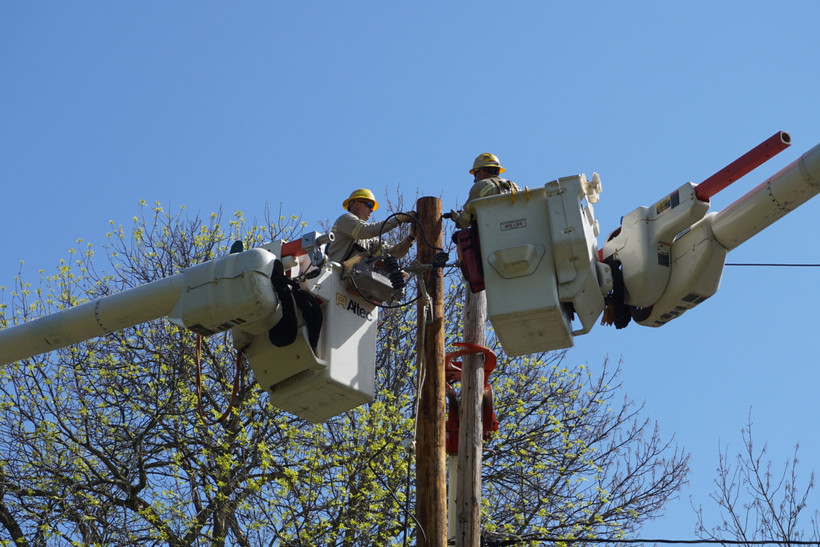
Massena residents fought the local utility to bring their electric grid under public control. Forty years later, they say it’s still paying off.
This is the first part of a two-part series on local public power in New York. Read the second installment, on the current fight in Rochester, here.
This is the first part of a two-part series on local public power in New York. Read the second installment, on the current fight in Rochester, here.
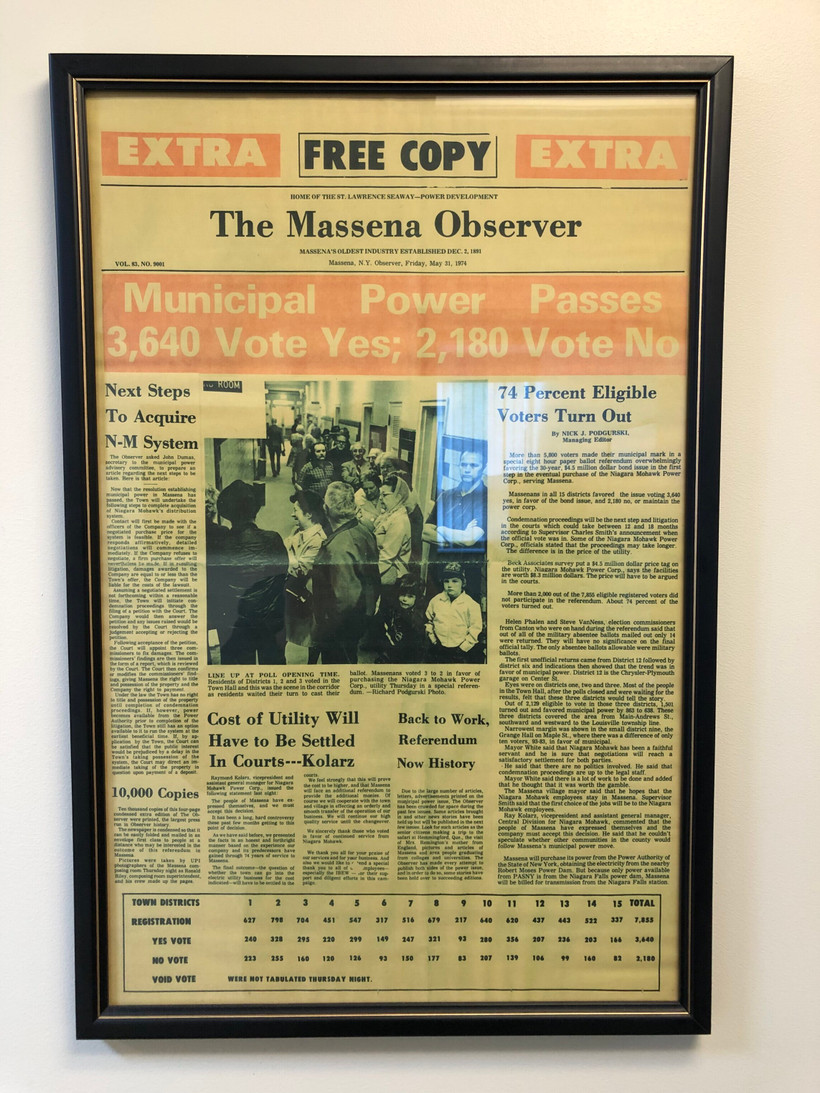
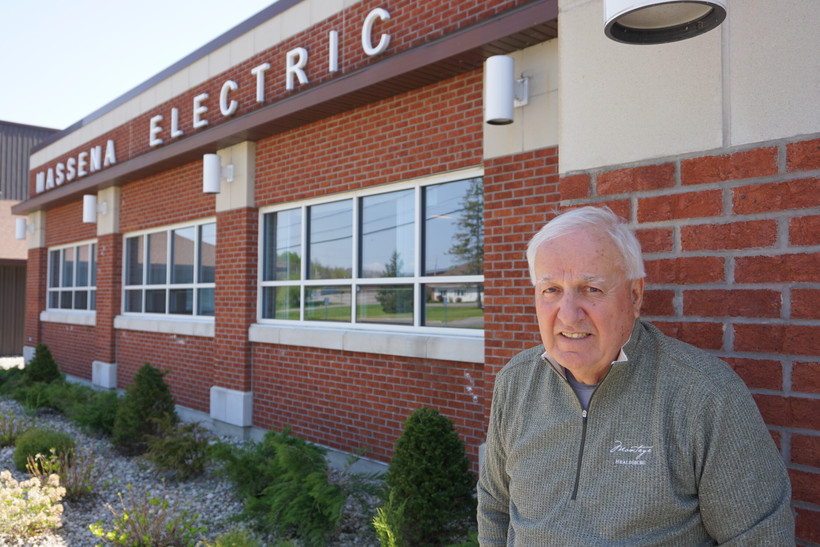

“We were going up against the big guys.”

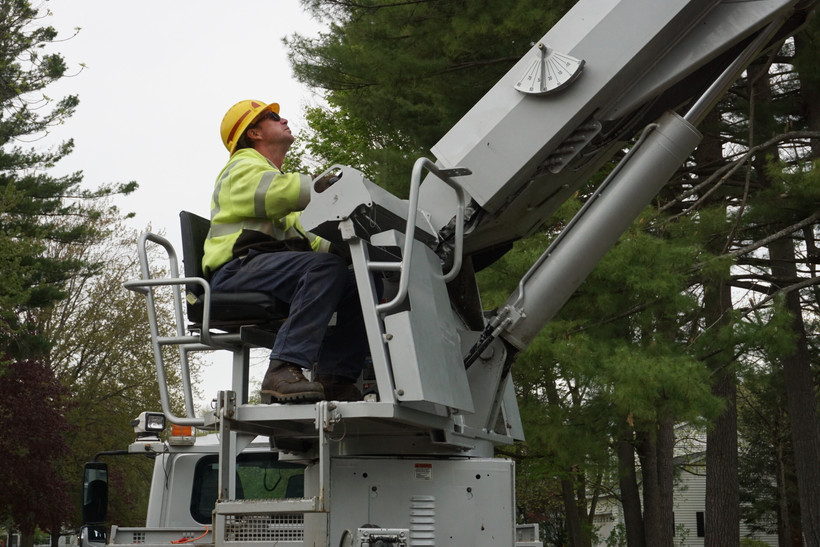
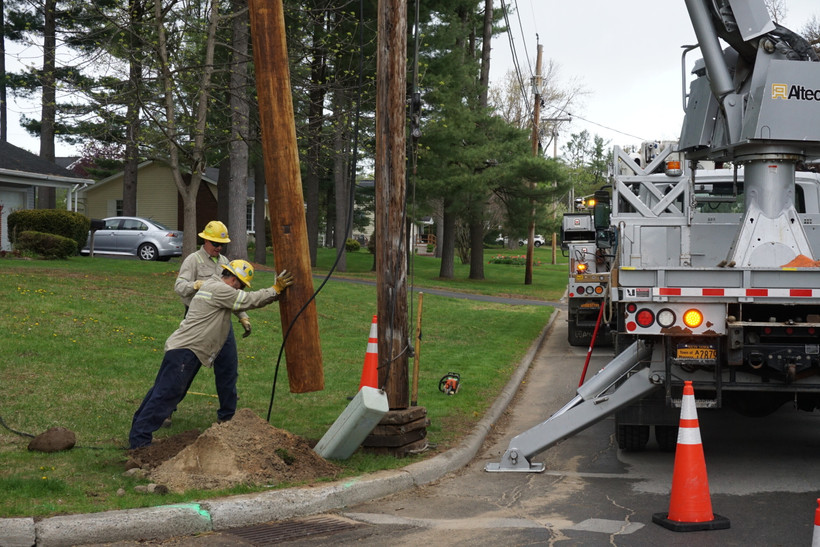
From left: Dick Sheridan operates a crane; crew members replace a utility pole.
“Municipal utilities are kind of a petri dish. It’s not always good to be small, but being small sometimes is advantageous.”
Support for this story was provided by The Neal Peirce Foundation, a nonprofit organization dedicated to supporting journalism on ways to make cities and their larger regions work better for all people.

